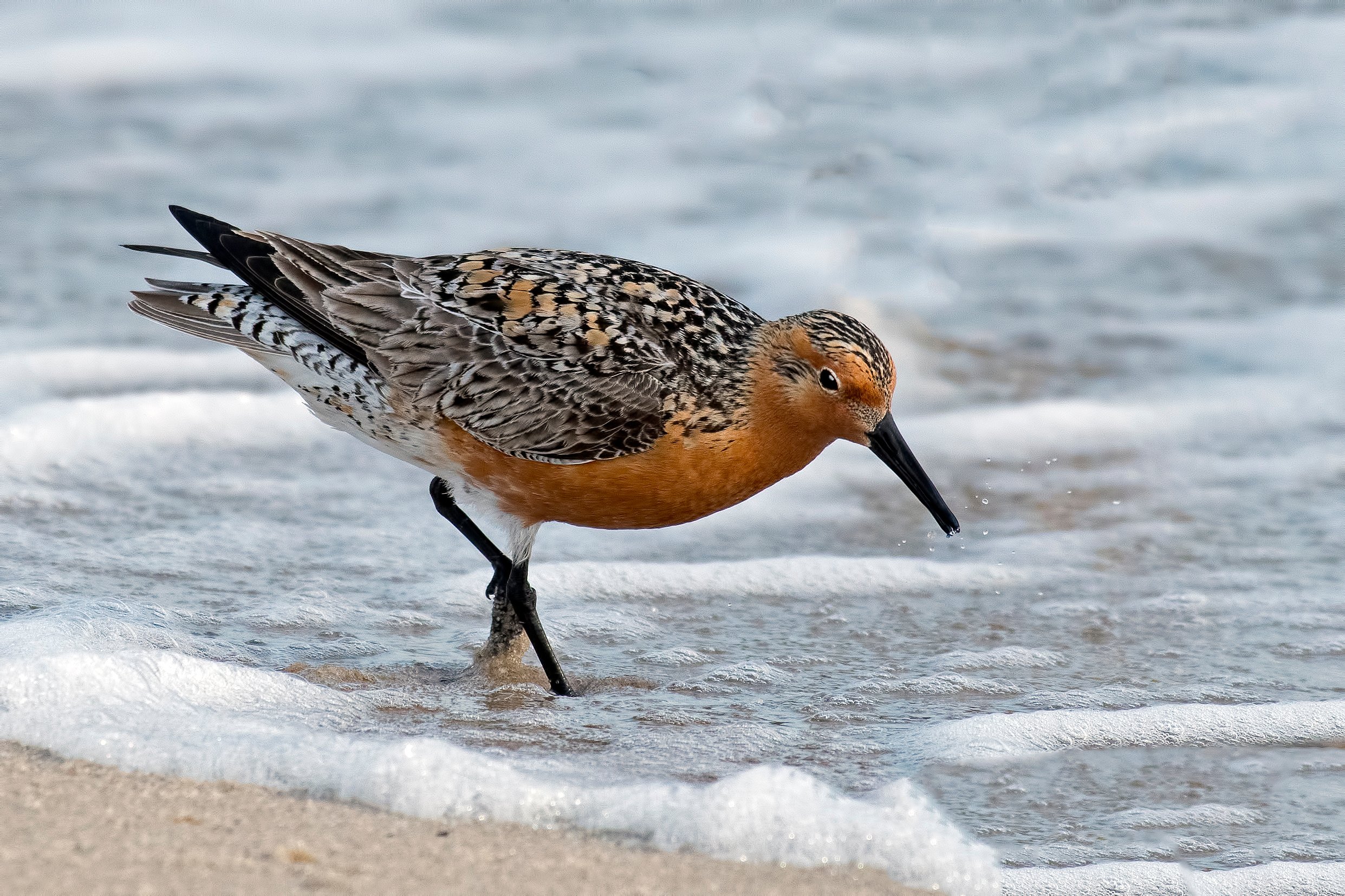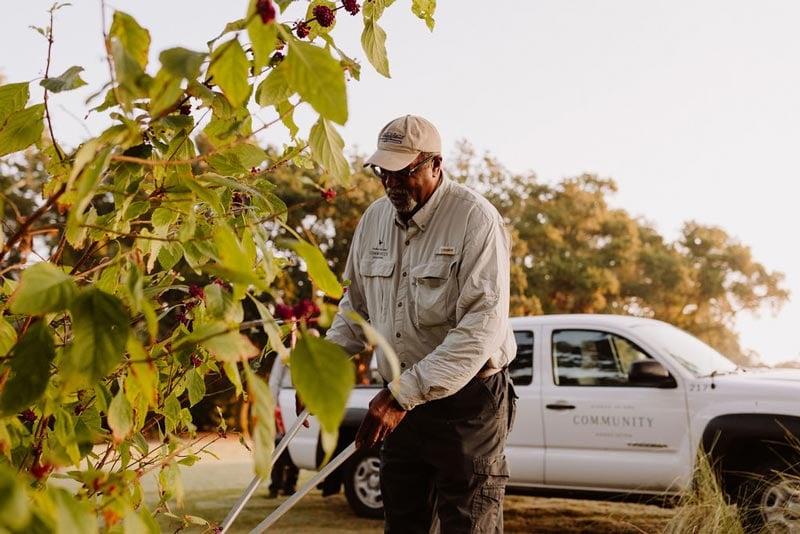Feb
27
2024

From The Blog
Red Knot Survival Highlights Kiawah’s Legacy of Conservation
Do you come to the island for a little rest and relaxation, a safe haven in the midst of a hectic schedule? Well, you have that in common with one very special shorebird; the rufa Red Knot (Calidris canutus rufa), a federally threatened species with a population hovering around just 42,000 individuals, is an annual visitor to our island. The bird, a small member of the sandpiper family, lives for most of the year in South America, and many people never get to see these little birds. Kiawah property owners can not only see, but also help save this species, by sharing the beach for the short time they’re here.
Kiawah’s Beach Hosts Lots of Knots
Each year from February through May, the Red Knots come to Kiawah and Seabrook, meaning some of them are already here. Flocks of birds arrive a nondescript gray from their home in the southern tip of South America. (Get a safe up-close look at the Red Knot and hear its call here.) Once here, they spend their time feeding and resting up for their long journey north. For the Red Knots, the island is more than a stopover; it’s a safe haven. On the island, they will double their body weight in preparation for the remainder of their journey and get their distinctive red breeding plumage.
Migration is more than a marathon for these birds: each year, they cover more than one-third of the Earth’s circumference. Once they leave the island, recent studies suggest that many of the shorebirds travel directly to their breeding grounds in the Arctic, without another stop. This means their ability to feed constantly and rest while they are on the island is critical. It also means you can help!
Kiawah and Seabrook: Critical Sites in the Knot Network
With each passing year, scientists are counting fewer and fewer of these birds. According to the US Fish and Wildlife service, the smaller populations that remain face many challenges, including sea level rise, development, reduced food availability at stopover areas (such as the decline of horseshoe crab populations), climate change, and disturbance by vehicles, people, dogs, aircraft, and boats. A 2022 study noted that “findings show that Kiawah and Seabrook islands should be recognized as critical sites in the knot network and, therefore, a conservation priority.”
On Kiawah specifically, disturbances and reduced food availability are the biggest concerns and areas where individual members can make the biggest difference. Shorebird Steward Bette Popillo emphasizes that Kiawah property owners can make a real difference in the fight against the decline of this species. “We’re so lucky that we can really play a part in the survival of this species!” Each year, the birds that make it to the breeding grounds and successfully reproduce are a robin-sized piece of Kiawah’s own legacy of conservation.
Red Knots: Do Not Disturb
There are several things you can do to help these special birds while they’re here, but it really comes down to the one that is critical to their survival: don’t disturb the birds. Because they need to forage and rest for their entire island stay (and who can’t identify with that?), when you’re on the beach, watch out for Red Knots and stay 500 feet away. That’s a distance of about 9 volleyball courts or 11 school buses lined up end to end. In other words, it’s probably farther than you’d think is necessary. If birds react to you, you are already too close. Make sure to share the beach, and restrain dogs and children from spooking these shorebirds.
More Tips
- If you see someone disturbing shorebirds, contact the Kiawah Island Beach Patrol at 843-518-2880 or [email protected].
- Join the Town of Kiawah Island’s Shorebird Stewards or Flock Watch groups. This group walks the beach, educating beach-goers on these special birds and putting citizen science in action. For more information, contact Bette Popillo at [email protected].

